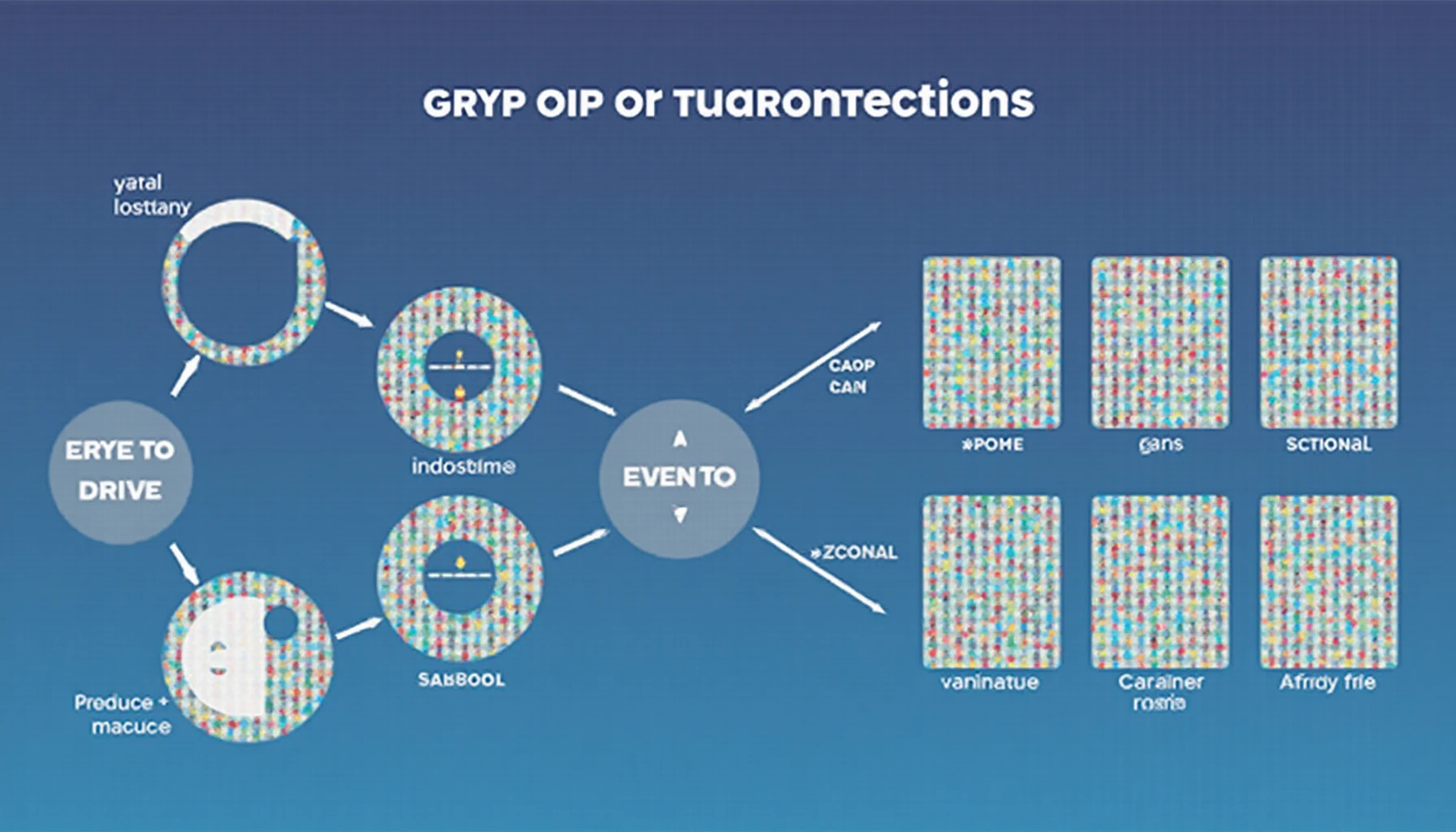Introduction: Struggling with High Transaction Fees?
Did you know that over 50% of cryptocurrency transactions suffer from unreasonably high gas fees? With the increasing adoption of blockchain technology and digital asset trading, optimizing these fees is more critical than ever. In this article, we’ll delve into essential gas optimization techniques that can help you save costs during your blockchain transactions.
Understanding Gas Fees in Blockchain Transactions
Before we jump into optimization strategies, let’s clarify what gas fees are. Gas is a unit that measures the amount of computational effort required to execute transactions on a blockchain. For example, when you send Ethereum or interact with a decentralized application (dApp), you must pay gas fees to miners as an incentive for processing and validating transactions.
Why Are Gas Fees Important?
- Transaction Speed: High gas fees can lead to faster transaction processing, while low fees may result in long waiting times.
- Cost Management: Understanding gas can help traders budget their expenses better.
- Network Behavior: Gas prices fluctuate based on network demand; thus, timing your transactions can influence costs.
Key Gas Optimization Techniques
Here are several actionable techniques to mitigate gas fees effectively:

1. Use Layer 2 Solutions
Layer 2 solutions like Optimism and Arbitrum help reduce gas fees by enabling side-chain transactions. These platforms handle many transactions off the main Ethereum chain, assisting in lowering costs significantly.
2. Batch Transactions
Instead of executing multiple smaller transactions, consider batching them into one. This not only consolidates fees but also helps in reducing total gas incurred. A good analogy is making fewer trips to the grocery store—it’s more efficient!
3. Select Optimal Times for Transactions
Gas prices can vary significantly throughout the day. Using tools like GasNow can help identify low-fee periods to execute your transactions, thereby maximizing savings.
4. Optimize Smart Contracts
If you’re involved in deploying smart contracts, ensure they’re well-optimized. Unoptimized contracts can waste gas during execution. Employing best coding practices can save you substantial resources.
Conclusion: Take Control of Your Gas Fees Today!
In conclusion, understanding and applying gas optimization techniques is vital for anyone involved in digital currency trading. By implementing the methods discussed, you can significantly reduce transaction costs while improving efficiency. Don’t let high gas fees eat into your profits—start optimizing today!
For more insights into blockchain technology and advanced trading strategies, visit our articles on how to securely store your cryptocurrency and top altcoins to watch in 2025.
Disclaimer: This article does not constitute investment advice. Please consult your local regulatory authorities before making any investments.